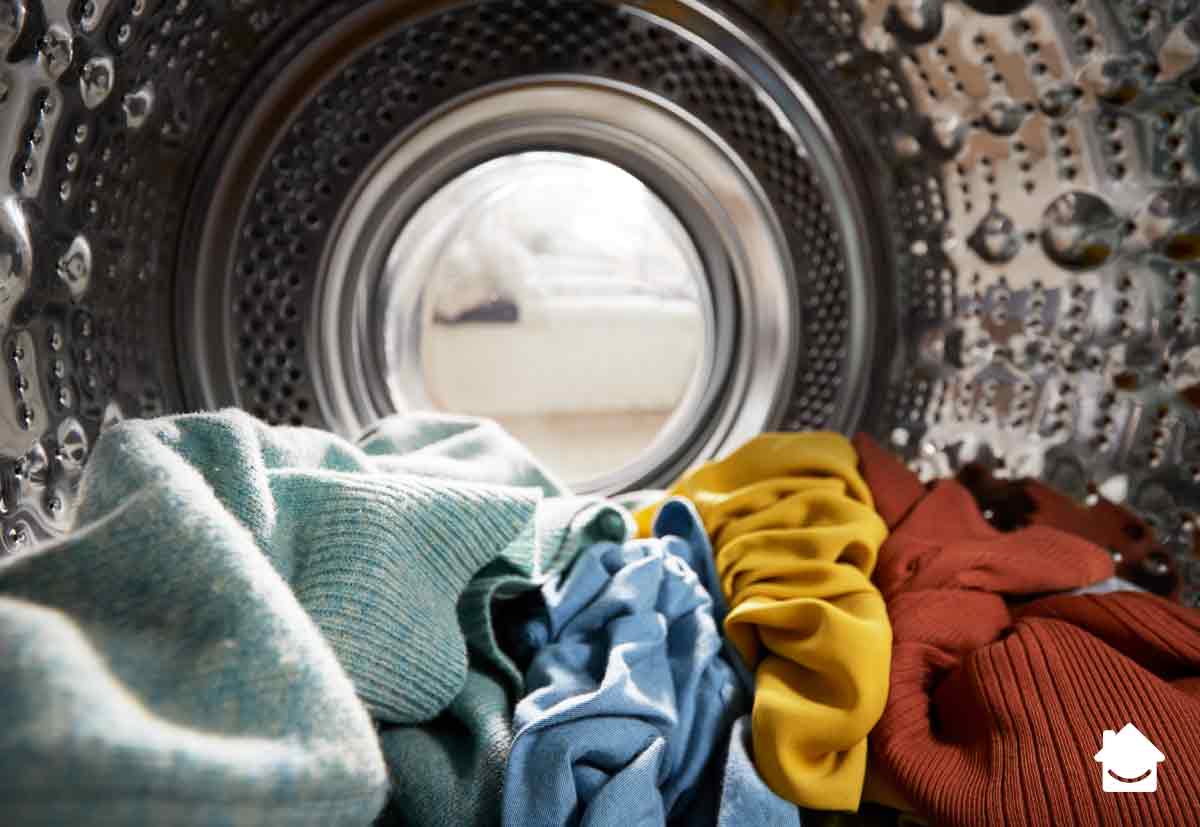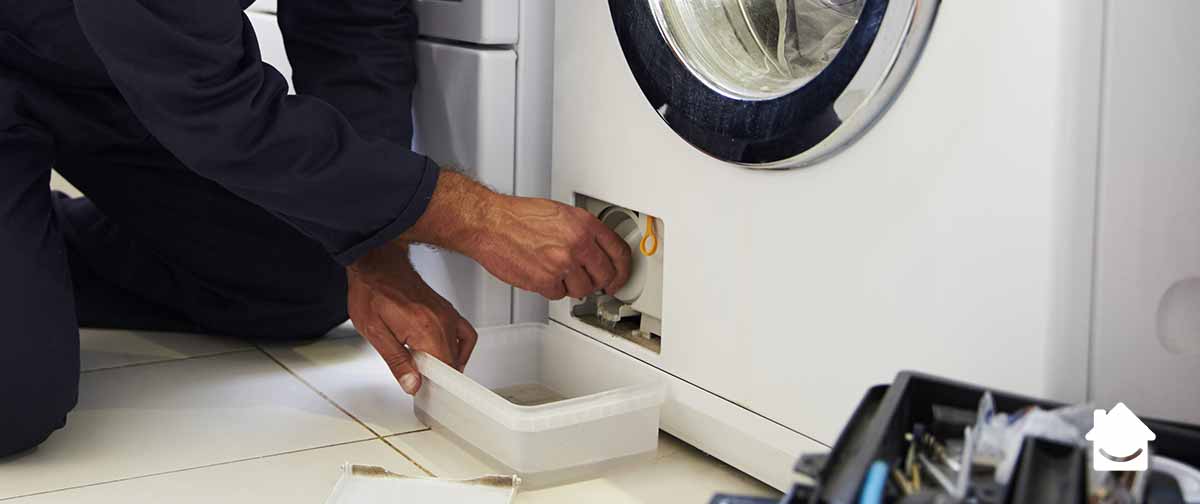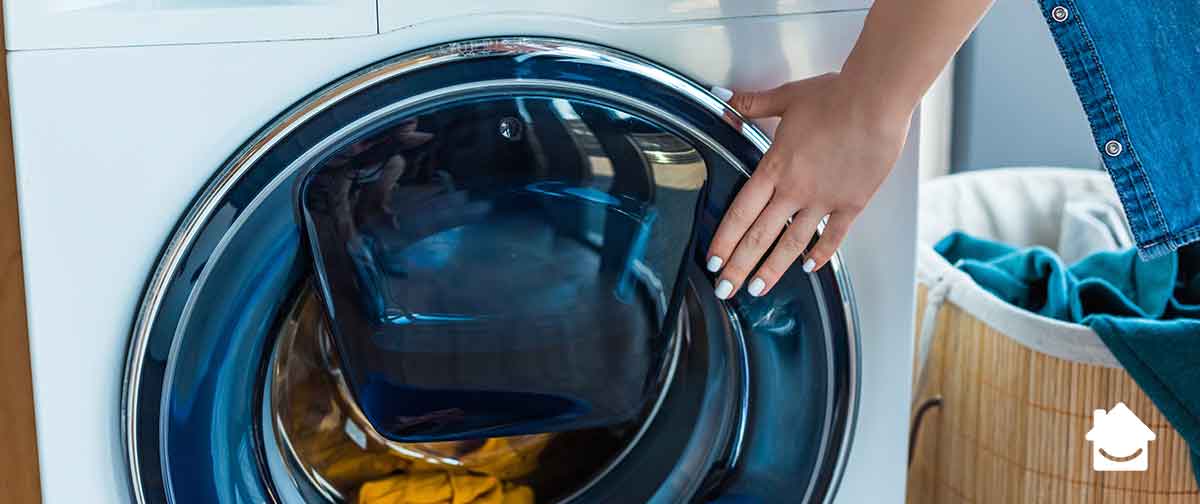Plumbing advice
How to diagnose common washing machine problems
28 Oct 2020 • 8 minutes


If you’ve got washing machine problems, it can seriously slow down your household. But did you know you can fix the more common faults yourself? Keep reading if your washing machine smells, your washing machine is leaking, it refuses to even start, or your clothes just aren’t delivering that fresh summer’s day fragrance the TV ads promise.
Depending on your DIY skill level, you may be able to fix it yourself or call a professional. Remember to always unplug your machine (from your power and water supply) before doing any washing machine troubleshooting.
First, check the power. It may seem an obvious one, but washing machines can move during the spin cycle and pull the plug out from the wall. Also, check your circuit breaker to make sure nothing has tripped it.

Look for the following signs:
If you suspect any other leaks have sprung in your home, check out ‘How to detect a water leak in your home’ for some helpful tips.
No one likes dodgy odours in their home. If your washing machine smells, it’s usually caused by mould and bacteria. So make sure you do the following regularly:
Is there water still in the drum even though the cycle has finished? If your washing machine won’t drain there’s probably a blockage somewhere within the machine or in the drain hose. First, you’ll need to manually drain it so you can rescue your washing and check what’s happening.
If there’s no water going in, no washing happens. First, double-check your water supply is working efficiently elsewhere in your house. Then pull out your machine and check for:
Warning: Unusual noises can mean permanent damage so STOP using the washing machine immediately and try to uncover the possible cause:
If none of these apply, your motor may need replacing, so get help from an appliance pro.
If your washing machine drains but won’t spin, first, check for balance: modern machines will spin slowly if the load is unbalanced to prevent damage. So make sure you wash similar weighted clothing or towels altogether.
If your washing machine is not spinning at all, it could be one of the following:

There are a number of possible reasons:
How to open your washing machine door:
If you’ve tried the methods listed and you’re still having trouble with your washing machine, it may be time for a more thorough inspection by a professional. Contact HomeServe and we can arrange for a qualified local Home Expert plumber to fix your washing machine.
Our help & advice articles cover Plumbing, Home heating, Electrical, Energy-saving and Home maintenance.